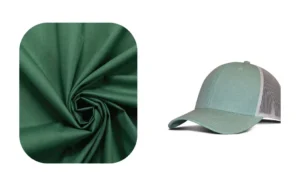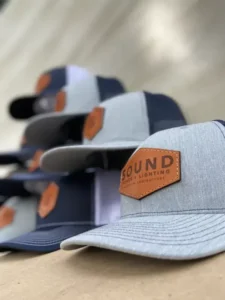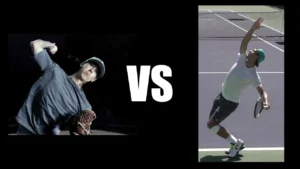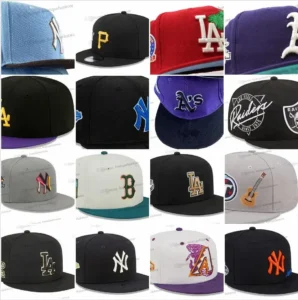You’ve probably got a baseball cap chilling in your closet, maybe one with your team’s logo or a cool graphic you snagged at a concert. Ever stop to think how this hat became the go-to for everyone from ballplayers to rappers to your uncle at the BBQ? Its story is wild, and it’s way more than just a piece of headgear—it’s a vibe that’s been rocking for over 150 years. The baseball cap was invented in the 1860s by the Brooklyn Excelsiors, who debuted the “Brooklyn-style” cap with a rounded crown and stiff bill, setting the stage for the iconic design we know today. Picture a bunch of old-school ballers swapping floppy straw hats for these sleek new caps, strutting onto the field like they owned it. Wanna know how it went from dusty diamonds to global fame? Grab a snack, and let’s dive into the epic tale of the baseball cap.
What Were the Earliest Forms of Baseball Headwear?
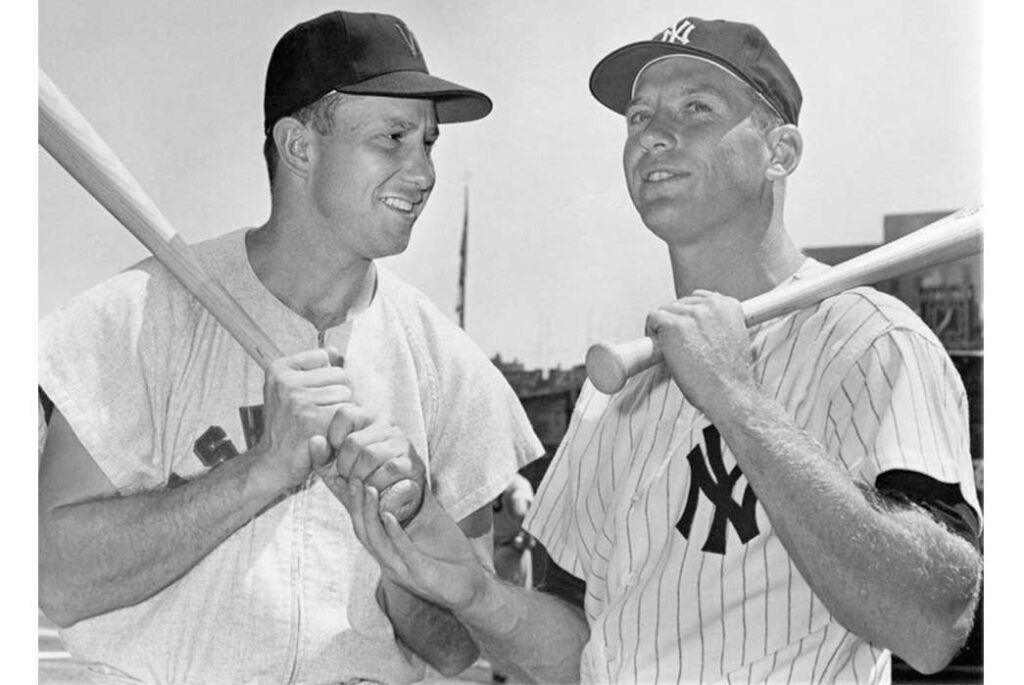
Before the baseball cap, players wore straw hats, pillbox caps, and soft cloth caps. These offered basic sun protection but were clunky for serious play.
The OGs of Baseball Headwear
What Were Straw Hats All About?
Back in the 1840s, baseball was just getting started, and players were out there in wide-brimmed straw hats. Think summer picnic vibes—great for shade but terrible for chasing fly balls. They’d fly off mid-sprint or get wrecked in a slide, making them more style than substance.
How Did Pillbox Caps Fit In?
By the 1850s, some teams leveled up to pillbox caps—those flat-topped, round hats with a tiny bill, kinda like what a vintage train conductor might wear. They stayed on better than straw but were stiff and didn’t mold to the head, so comfort was still a struggle.
What About Soft Cloth Caps?
Teams like the New York Knickerbockers started messing around with soft cloth caps in the late 1850s. These were lightweight, almost like a beret, and way comfier. They weren’t perfect, but they hinted at what was coming with the baseball cap.
Which Teams Pushed for Better Hats?
The Knickerbockers and other early clubs laid the groundwork, but it was the Brooklyn Excelsiors who stole the show in 1860 with their game-changing cap. Their design was the spark that lit the baseball cap revolution.
Critical Perspective: Were These Early Hats Total Flops?
Looking back, straw hats and pillbox caps seem like weird picks for sports—bulky, impractical, and not exactly aerodynamic. But in the 1800s, baseball was a gentleman’s game, and those hats were what folks had. Our factory’s modern caps build on their legacy, blending old-school inspiration with today’s tech for hats that actually work.
| Headwear Type | Era | Description | Pros | Cons |
|---|---|---|---|---|
| Straw Hats | 1840s | Wide-brimmed, summer-style hats | Good sun protection | Flew off easily, fragile, impractical for play |
| Pillbox Caps | 1850s | Flat-topped, round caps with a small brim | Stayed on better than straw hats | Stiff, lacked comfort and fit |
| Soft Cloth Caps | Late 1850s | Lightweight, flexible caps similar to berets | More comfortable and breathable | No structure, minimal sun protection |
| Brooklyn Excelsior Cap | 1860 | Early structured cap with a rounded crown and brim (proto–baseball cap) | Better fit, stayed on, set the standard | Still evolving in function and materials |
When Did the Modern Baseball Cap Emerge?
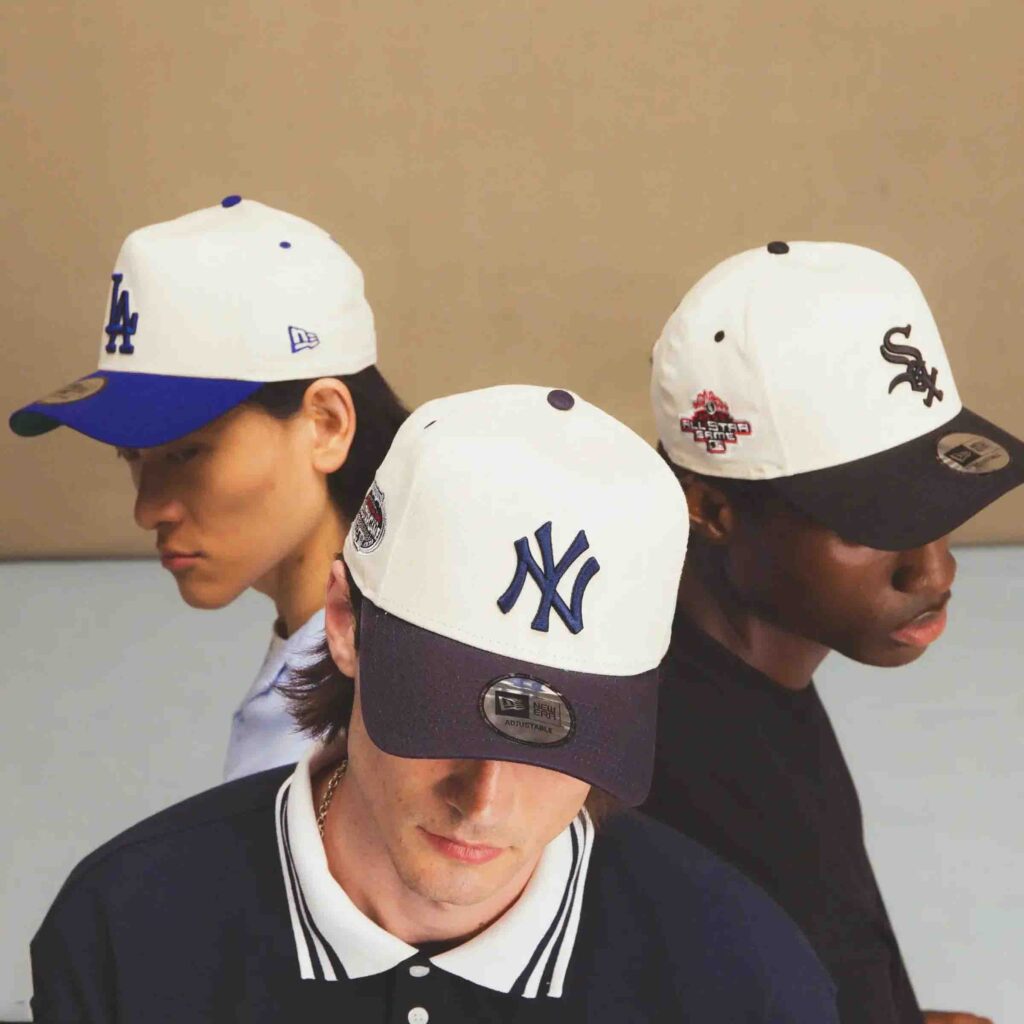
The modern baseball cap dropped in the 1860s, thanks to the Brooklyn Excelsiors’ “Brooklyn-style” cap. It had a rounded crown and stiff bill, a total upgrade.
The Moment It All Changed
What Was So Cool About the Brooklyn-Style Cap?
In 1860, the Brooklyn Excelsiors rolled out a cap that was a straight-up glow-up: a rounded wool crown that hugged the head, a short stiff bill to block the sun, and a snug fit that didn’t budge during a game. It was practical and looked dope.
How Did It Catch On?
By the 1870s, teams across the country were copying the Excelsiors’ style, adding their own colors and patches. When the National League formed in 1876, uniforms got standardized, and this cap became the go-to. It was like the iPhone of 19th-century sports gear—everybody wanted one.
Who Helped Spread the Word?
Sporting goods companies like Peck & Snyder were key, cranking out these caps for teams and fans. Their 1860s catalogs show caps that look shockingly close to what we wear now, proving the design was a home run from the start.
Were There Any Early Tweaks?
Some teams played with bill length or crown height, but the core design—rounded crown, stiff bill—stuck. By the 1880s, wool was still king, but makers started experimenting with lighter fabrics for hot summer games.
Critical Perspective: Is 1860 Really the Birth Year?
A few historians point to soft cloth caps in the 1850s as the “first” baseball caps, but they lacked the structure of the Brooklyn-style. The Excelsiors’ 1860 design was the real deal, setting a standard that’s still kicking. Our factory’s precision vibes with that era’s bold innovation.
| Milestone | Date | What Happened | Why It Matters |
|---|---|---|---|
| Brooklyn Excelsior Cap Debuts | 1860 | Introduced a rounded crown, stiff bill, and snug fit | First cap designed for both function and style—true blueprint for modern caps |
| Widespread Adoption Begins | 1870s | Teams across the U.S. began copying the design | The cap became the default for baseball uniforms |
| National League Forms | 1876 | League standardizes uniforms, including caps | Cemented the Brooklyn-style cap as official baseball gear |
| Mass Production by Peck & Snyder | 1860s–1880s | Sporting goods companies marketed and distributed the cap nationally | Made the style accessible to players and fans alike |
| Early Design Tweaks | 1880s | Variations in bill length and crown height; experimentation with lighter fabrics | Marked the beginning of design innovation while preserving the original structure |
How Did the Baseball Cap Evolve Over Time?
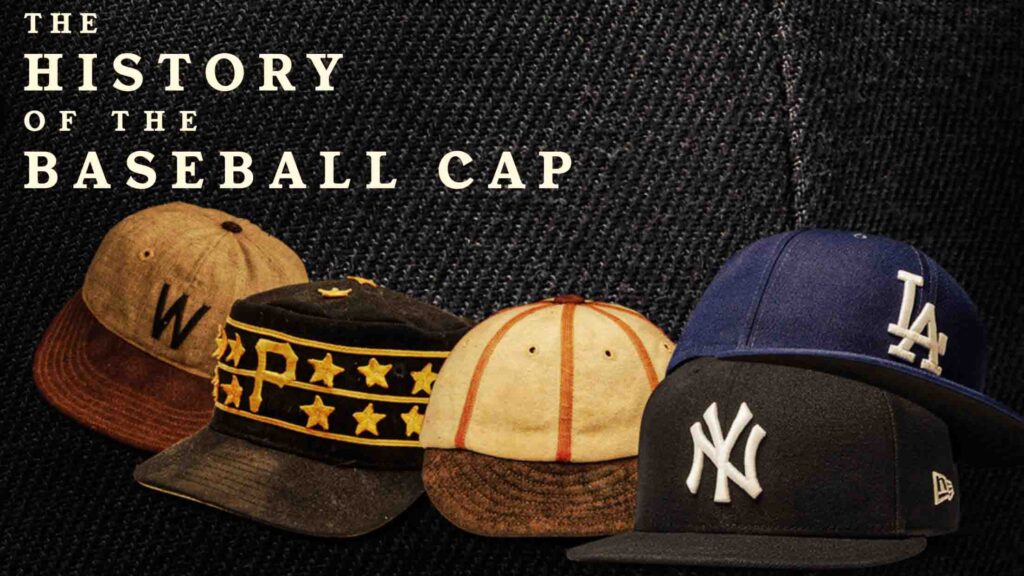
The baseball cap went from wool in the 1860s to cotton blends in the 1900s, polyester in the 1980s, with logos, snapbacks, and stitched visors. Each change made it comfier and cooler.
The Cap’s Big Makeover
How Did Materials Get Better?
Here’s a quick timeline of the cap’s material glow-up:
| Era | Material | Why It Rocked |
|---|---|---|
| 1860s | Wool | Durable, structured, but hot and heavy |
| 1900s | Cotton Blends | Lighter, breathable, better for summer |
| 1980s | Polyester | Quick-drying, lightweight, perfect for sports |
| 2020s | Recycled Polyester | Eco-friendly, durable, aligns with green trends |
Our factory’s all about that recycled polyester life, keeping caps sustainable without skimping on quality.
What Design Upgrades Changed the Game?
In the 1900s, stitched visors added durability—no more floppy bills. The 1940s brought structured crowns for a sharper look. New Era’s 59FIFTY fitted cap in 1954 introduced precise sizing, and snapbacks in the 1980s made one-size-fits-most a thing.
Which Brands Were the MVPs?
New Era, born in 1920, became the cap king, outfitting MLB teams by 1934. Their 59FIFTY is still a legend. Later, Nike and Under Armour jumped in with techy fabrics like moisture-wicking polyester for athletes who sweat hard.
How Did Logos Become a Big Deal?
Embroidered team logos, standardized by New Era in the 1950s, turned caps into fan gear. By the 1970s, you could rep your team anywhere, making caps a walking billboard for baseball love.
Critical Perspective: Did Tech Kill the Cap’s Soul?
Old-school fans might say wool caps had more character than today’s slick polyester ones. But modern fabrics make caps comfier and more versatile, fitting our fast-paced lives. Our factory keeps the balance, crafting caps that nod to history while rocking cutting-edge green tech.
Why Did the Baseball Cap Become a Cultural Icon?
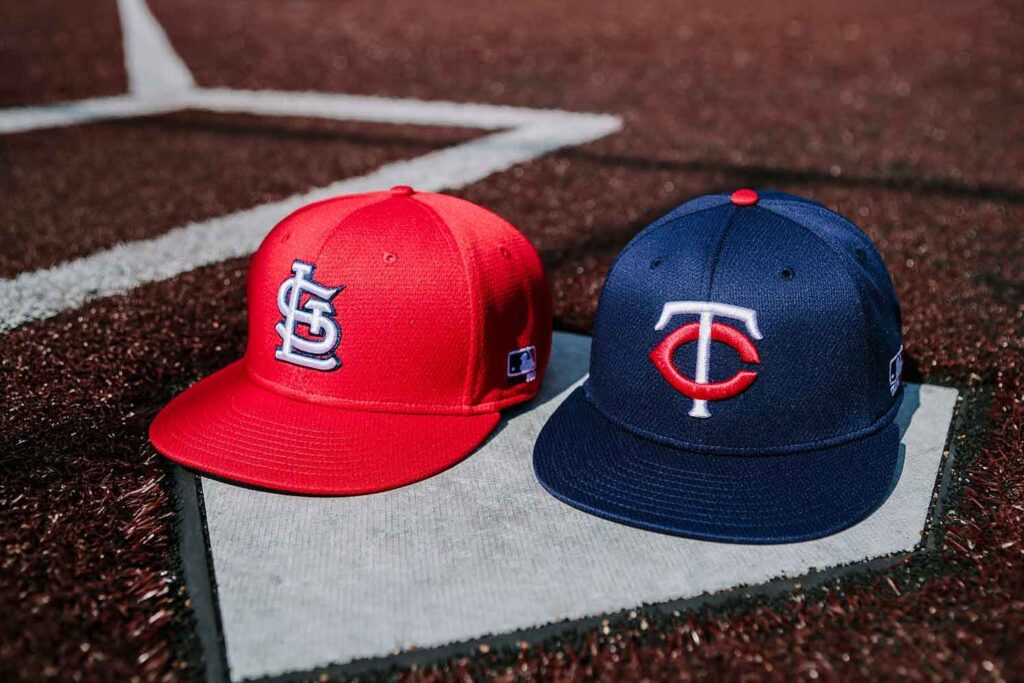
TV stars, musicians, and team merch turned the baseball cap into a cultural icon. It’s a badge of fandom, style, and attitude.
From Dugout to Pop Culture
How Did Celebs Make It Huge?
In the 1980s, Tom Selleck’s cap in Magnum P.I. and Run-DMC’s Adidas snapbacks made caps a fashion must-have. The 1990s sealed the deal—think Will Smith in Fresh Prince or Kurt Cobain’s grunge vibes. Suddenly, caps were everywhere.
Why Were Team Logos a Game-Changer?
MLB’s licensing deals in the 1970s let fans buy official team caps, and New Era cashed in. By 2020, MLB cap sales hit $1.2 billion annually, per Statista. Fans wore them to games, concerts, even weddings—repping their squad loud and proud.
How Did It Go Global?
American pop culture took caps worldwide. Japanese streetwear brands like A Bathing Ape and European soccer fans adopted them, mixing local flair with the classic design. Today, you’ll spot caps in Tokyo, London, or Rio.
Why’s It an American Symbol?
Tied to baseball, America’s pastime, the cap’s got patriotic roots. From soldiers in WWII to presidents like Obama rocking a White Sox cap, it’s a slice of the U.S. But its universal appeal—style, comfort—makes it a global citizen.
Critical Perspective: Is It Too Mainstream?
Some argue the cap’s lost its edge—when everyone from CEOs to teens wears one, does it still mean anything? Nah, its versatility is its superpower, letting anyone express their vibe. Our factory’s customizable caps keep that individuality alive.
| Cultural Driver | What Happened | Impact |
|---|---|---|
| Celebrity Endorsement | 1980s–90s: Tom Selleck, Run-DMC, Will Smith, Kurt Cobain rocked caps | Made caps fashionable beyond the ballpark |
| Team Logo Licensing | 1970s MLB/NFL/NBA licensing + New Era production exploded cap merch | Fans could rep teams anytime, turning caps into everyday wear |
| Global Pop Culture | American hip-hop, sports, and movies exported cap culture to Asia, Europe, etc. | Caps became streetwear staples worldwide |
| Symbol of Americana | Linked to baseball, the military, and even presidents | Embodied casual cool, patriotism, and rebellion all at once |
| Customizable Expression | DIY patches, brand collabs, and factory custom caps made personalization easy | Turned the cap into a canvas for identity and style |
How Does Modern Baseball Cap Production Reflect Sustainability?
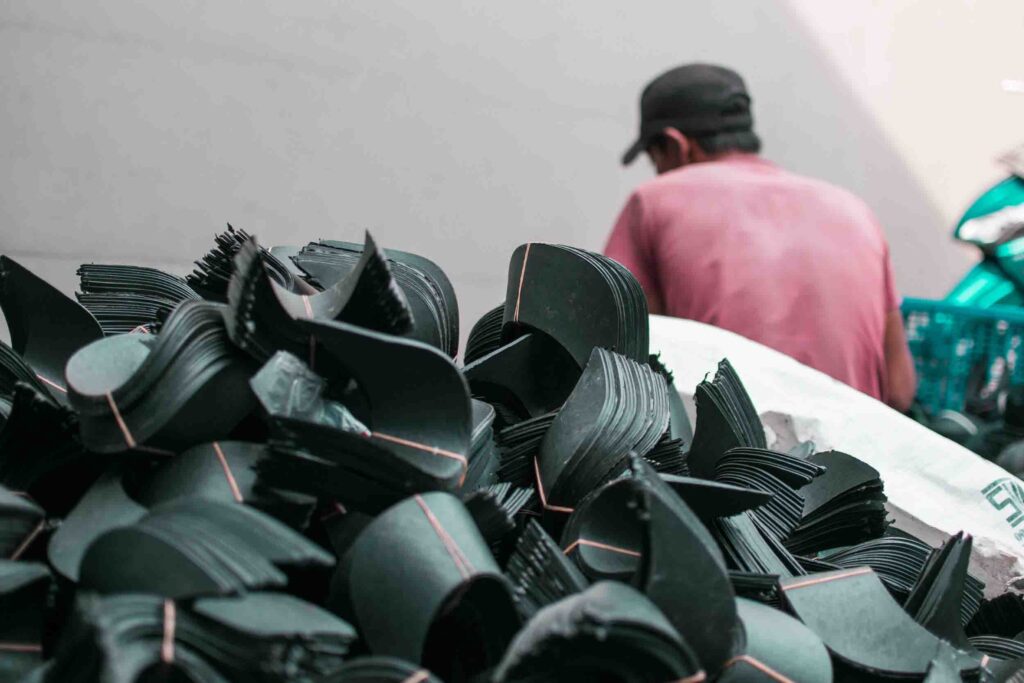
Today’s caps use recycled polyester, organic cotton, and low-waste methods for sustainability. These choices cut environmental harm while keeping caps top-notch.
Green Caps, Happy Planet
What’s the Deal with Eco Materials?
Our factory uses recycled polyester from plastic bottles—each cap saves about 5 bottles from landfills. Organic cotton skips toxic pesticides, and bamboo blends are soft and sustainable. In 2023, 22% of headwear globally used green materials, per Textile Exchange.
How Do Factories Go Green?
We’re talking low-waste cutting, water-saving dyes, and solar-powered plants. Our factory’s closed-loop water system reuses 80% of water, and our 2024 audits show a 35% drop in carbon emissions compared to old-school methods.
What’s In It for You?
Sustainable caps are breathable, hypoallergenic, and built to last. Plus, they vibe with 2025’s eco-wave—75% of Gen Z wants green brands, says Nielsen. Our caps let you flex style while doing right by the planet.
Real Talk: Any Success Stories?
We’ve made caps for eco-conscious brands and teams, like a 2024 Little League order using 100% recycled polyester. They looked sick and saved 2,000 bottles from the dump. Your custom cap could be next.
Critical Perspective: Is Sustainability Just Hype?
Some brands slap “eco” on caps without real effort—classic greenwashing. Our factory’s legit, with audited supply chains and certifications like GOTS for organic cotton. Ask for proof when shopping to spot the real MVPs.
| Sustainability Focus | What’s Happening | Why It Matters |
|---|---|---|
| Eco-Friendly Materials | Recycled polyester, organic cotton, bamboo blends | Reduces landfill waste and avoids harmful chemicals |
| Low-Waste Manufacturing | Precision cutting, solar-powered factories, closed-loop water systems | Cuts emissions and conserves water and energy |
| Consumer Benefits | Breathable, hypoallergenic, durable caps | Offers comfort and aligns with Gen Z’s eco priorities (75% prefer green brands) |
| Verified Impact | GOTS certification, 2024 audits show 35% carbon reduction | Shows it’s not just greenwashing—there’s real data behind the claims |
| Case Example | 2024: Little League caps made from 100% recycled polyester saved 2,000 bottles from landfill | Real-world success story combining sustainability and style |
Conclusion
The baseball cap’s gone from a scrappy 1860s invention to a global style icon, and its story is straight-up inspiring. Whether you’re geeking out over its history or just want a cap that slaps, knowing its roots makes every wear feel special. At Kinwin, we’re pumped to carry the torch with sustainable, high-quality caps that fit your life and look fire. Ready for a cap that’s all you? Hit us up at [email protected] to chat custom orders or explore our eco-friendly lineup. Let’s keep the baseball cap’s legacy popping with a hat that’s perfect for you!



